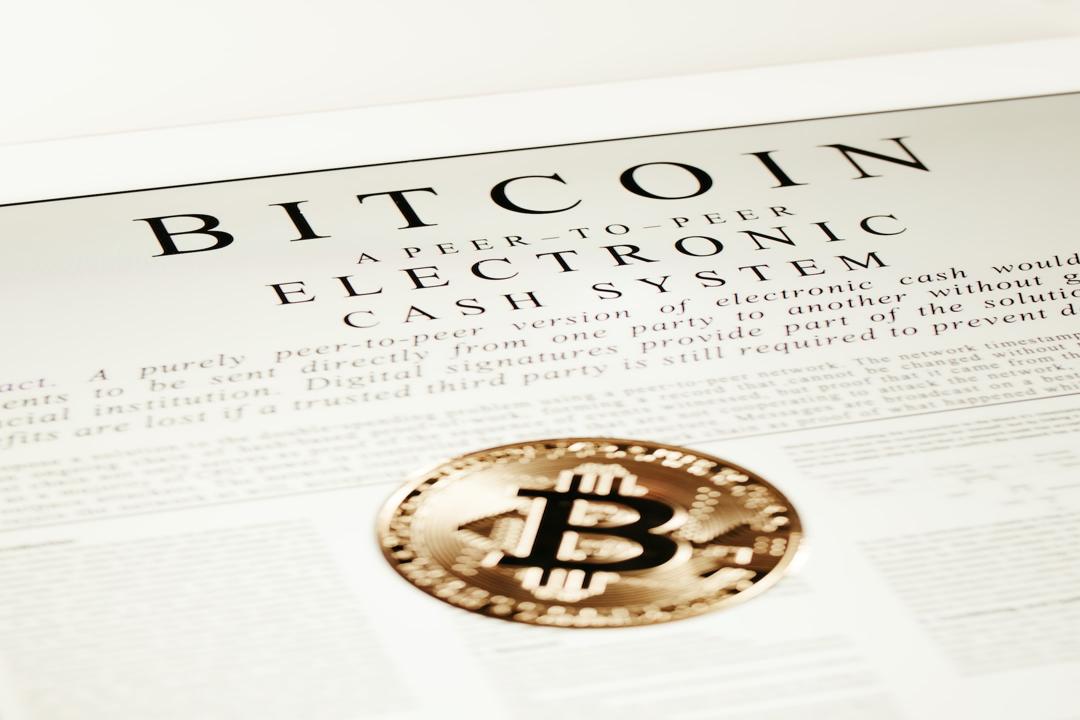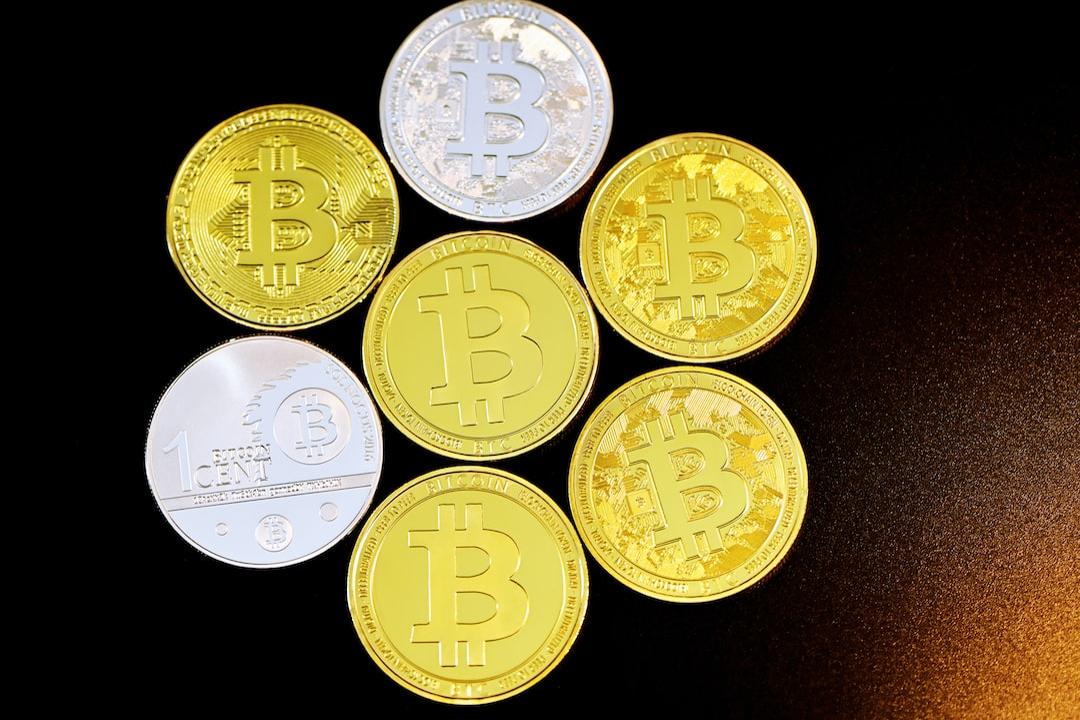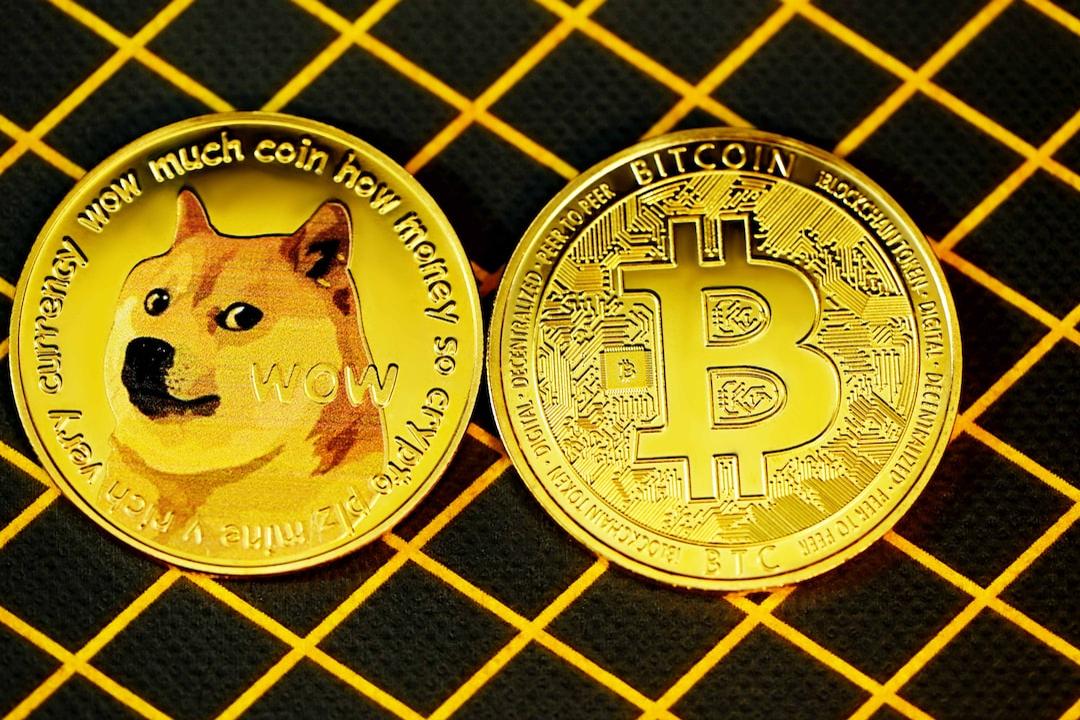a16z from a legal perspective,
Compilation
How can project teams issue tokens in order to minimize the risk of being subject to US legal sanctions? This article provides clear guidelines on token sales, timing of circulation in the US, token lock-up periods, and team communication considerations.
Table of Contents
Toggle
How to Issue Tokens to Reduce Legal Risks?
Do Not Publicly Sell Tokens in the US with Fundraising as the Purpose
Decentralize the Project
Exercise Caution in Stakeholder Communications
Decentralization Strategy
Launch Projects Outside the US
Restrict Token Transferability
Handle Secondary Market Listing and Liquidity with Care
Token Lock-up Period of at Least One Year
One of the most common questions for project founders is how to launch tokens. However, launching tokens requires attention to many details. This article provides five key principles to consider from a US legal perspective:
Do Not Publicly Sell Tokens in the US with Fundraising as the Purpose
Decentralize the Project
Exercise Caution in Stakeholder Communications
Handle Secondary Market Listing and Liquidity with Care
Token Lock-up Period of at Least One Year
Of course, these arguments may have other limitations and are only for reference.
Advertisement – Continue scrolling for the rest of the article




In 2017, ICOs flourished and dozens of projects promised to achieve significant technological breakthroughs to raise funds. At the time, the SEC’s response was strong and reasonable, attempting to apply securities laws to ICOs as they typically met all the conditions of the Howey Test.
Nothing is easier to apply the Howey Test to than the primary market. In many ICOs, token issuers make explicit commitments to investors that the proceeds from token sales will fund their operations and provide returns in the future.
As the industry evolved and more diverse fundraising methods emerged, it became more challenging to apply the Howey Test to token issuance. This includes airdrops, decentralized projects, and secondary market token trading, which may not meet the conditions of the Howey Test.
However, ICOs reappear in each new cycle with new forms, and some developers have changed their approaches in hopes of avoiding trouble with the SEC. For example, conducting indirect token sales through DAOs, controlling the generated revenue and liquidity through decentralized governance. Or some developers may consider the SEC’s concerns unreasonable and not care about it at all.
Projects need to be careful to avoid these schemes. There is no reason compelling enough to ignore or violate US securities laws.
Selling tokens publicly in the US with fundraising as the purpose has always been at odds with the law, which is why regulatory agencies have paid almost no attention to any crypto issues other than fundraising in recent years.
The good news is that it is easy to avoid legal consequences by not publicly selling tokens to raise funds. Teams can choose not to do so and still raise funds through other means. For example, selling equities and tokens publicly overseas can be done in a compliant manner without having to comply with securities law registration requirements.
Developers can use various token issuance strategies. The three main strategies currently used to avoid being considered securities by the SEC are:
Decentralize the project
Launch projects outside the US
Restrict token transferability to prevent entry into the US secondary market
If the project has not achieved full decentralization, launching the project outside the US and restricting token transferability can help the project comply with US securities laws. However, it is important to remember that neither of these strategies can replace decentralization as the only way for the project to eliminate risks associated with securities laws.
Regardless of the chosen strategy, projects intending to convey broad rights (such as assets or governance rights) through tokens should always consider decentralization as the guiding principle, and other strategies are just temporary measures.
In practice, how can this be implemented? Regardless of how the project evolves over time, it should always strive for progress in decentralization to a greater extent. For example:
For Layer1 projects, setting technical milestones may include making the validator set more decentralized, increasing the number of independent builders on the network, or reducing token concentration before launching services in the US.
For Web3 gaming projects, encouraging more users to create content, making more gameplay dependent on independent third parties rather than the team, or launching on more independent servers before allowing token transfers.
Planning a decentralized token blueprint can be considered the most important task before token issuance. The chosen strategy will have a significant impact on the project’s current and future operations and communication methods.
Communication is crucial and can make or break a project. A CEO’s misguided statement can put the entire project at risk. Project teams should develop strict communication policies based on the nuances of their token issuance strategy.
The purpose of this strategy is to ensure that token purchasers do not have “a reasonable expectation of profits based on the efforts of others.” In decentralized projects, token holders do not expect the management team to bring profits because no group or individual has that power. The project team should not provide any additional explanations on this issue, as it may involve securities laws.
What constitutes a “reasonable expectation”? This largely depends on how the coin issuer talks about the tokens (including tweets, texts, and emails). Based on past cases, when a project announces that its core team is driving progress and value, investors may consider it reasonable to expect a return on investment, which may lead to the token being deemed a security.
In practice, it is advisable for project teams to disclose less information. It is recommended that teams refrain from discussing related issues, including potential airdrops, token distribution, or token economics before token listing. Additionally, after token issuance, teams should also avoid discussing the price or potential value of the token, and they should not be regarded as investment opportunities or make any commitments that could lead token holders to have a reasonable expectation of profit.
Communication considerations apply to every role in the project ecosystem, including founders, development companies, foundations, and DAOs. In particular, teams tend to fall into the trap of centralized language because they are used to talking about achievements and milestones in the first person. Here are a few ways to avoid this trap:
Avoid implying ownership or control over the protocol or DAO, such as “As the CEO of the protocol…” or “Today, we launched the xxx feature of the protocol…”
Avoid forward-looking statements as much as possible, especially in mechanisms like “burning” tokens to achieve price targets or stability.
Avoid attributing too much importance to the team or contributors’ work for the project ecosystem, for example, using “initial development team” instead of “core development team” or “primary development team” when appropriate.
Emphasize decentralized milestones as much as possible, such as contributions from third-party developers or application development teams.
Grant the DAO or foundation its own speaking rights to avoid confusion with the project’s founder who initiated it.
For projects launched outside the US, certain registration requirements of US securities laws can be exempted. The goal of this strategy is to prevent tokens from flowing back to the US, so communication should avoid promotion in the US, and the existence of tokens should not be considered as meeting “significant market demand for tokens in the US.”
In conclusion, if tokens are not offered in the US, do not communicate as if they were. Any statements made by the team on social media regarding tokens should explicitly emphasize that these tokens are not available in the US.
Restricting token transfers or implementing off-chain restrictions can protect against legal risks because, according to the Howey Test, individuals cannot invest funds to obtain tokens, thus not constituting securities.
However, even so, if the project’s statements encourage participants to view restricted tokens or points as investment products, it can quickly undermine the legal basis for restricting token transferability. Such statements may seriously undermine the legal basis for restricted tokens, and careless statements should be avoided.
The listing of tokens on the secondary market and ensuring sufficient liquidity is also a risk that the SEC is concerned about.
Project teams often seek listing on secondary markets (such as Binance or Uniswap) to allow more people to purchase tokens. This usually involves ensuring sufficient liquidity on the trading platform, as a lack of liquidity can lead to price fluctuations and increase risks for the project and its users, which is why the SEC is concerned.
Project teams need to handle secondary market listings and liquidity with extreme caution. Projects that have not achieved fully decentralized status should not make any announcements related to token listing on exchanges and may not engage in any market-making activities within the US.
Projects should impose a lock-up period of at least one year on tokens issued to the internal team, as the SEC has successfully used the absence of a one-year lock-up period to essentially block token issuance. It is reasonable to assume that the SEC may do so again.
Ideally, the lock-up restrictions on tokens should be released after one year and linearly released over three years from that point, resulting in a total lock-up period of four years. This approach can help the team mitigate the aforementioned legal risks and reduce the pressure of token price drops.
Projects should also be cautious of investors who attempt to request a shorter lock-up period, as such demands may indicate non-compliance with securities laws and potential short-term selling of tokens.
Recommended Reading:
Diamond Hand Will Not Make Money Anymore? VC: Prices of Tokens Issued in the Near Future Will Inevitably Fall
Reason for Recommendation: This article considers recent large-scale token issuance patterns from a macro perspective of token economics. Reading it in conjunction with this article from a legal perspective can provide a more comprehensive evaluation of project token designs.
a16z
Howey test
SEC
Token economics
Decentralization


Further Reading
Vitalik Research: Unequal Punishment Mechanism May Reduce Validator Centralization Issue
Bitcoin Called Centralized and Preferred Currency for Ransomware, Gary Gensler: Bitcoin is Just a Ledger

